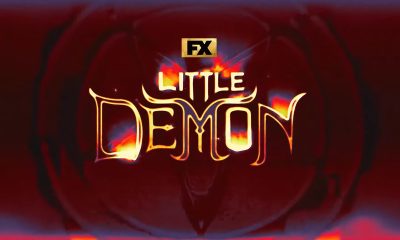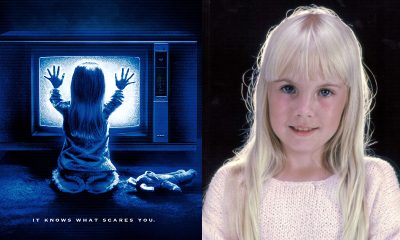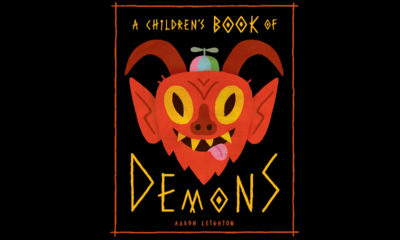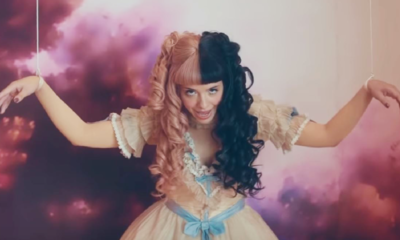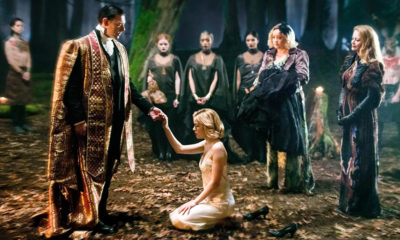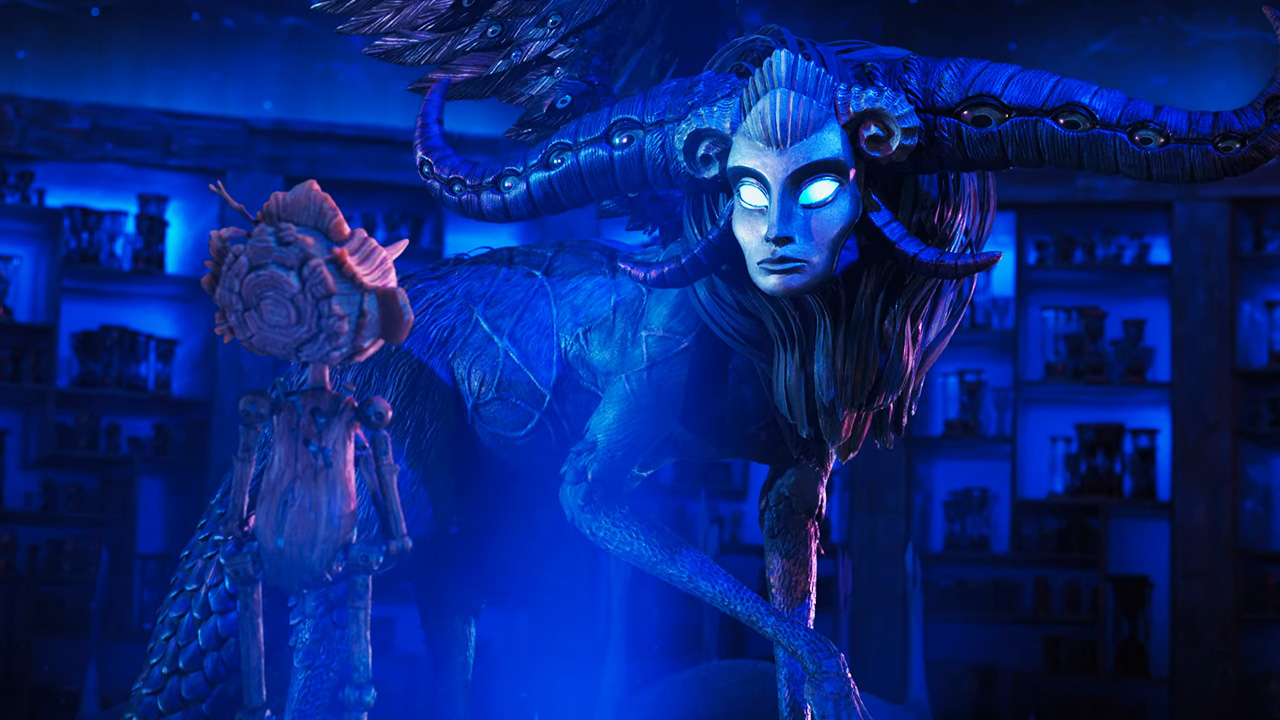
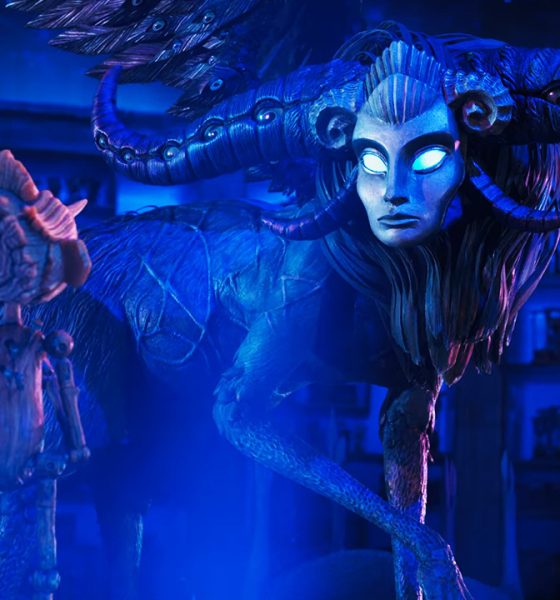
Movies and TV
The Occult Meaning of “Guillermo del Toro’s Pinocchio”
“Guillermo del Toro’s Pinocchio” is a complete retelling of the original tale of Pinocchio but with an underlying message that is widely different. Here’s a look at the symbolism of this (creepy) movie and the dark occult meaning behind it.
Warning: Ginormous spoilers ahead!
Guillermo del Toro is a movie director known for combining fairy tales with elements of horror, in a distinctive visual style that tends towards the grotesque. He is also known for crafting stories that take place in oppressive contexts where fascism, fatherhood, and Christianity are recurrent themes. His latest movie – Guillermo del Toro’s Pinocchio – perfectly encapsulates all of these characteristics. In fact, the movie is so quintessentially Guillermo del Toro that his name is embedded right in the movie’s title.
Guillermo del Toro’s version of Pinocchio is rather dark, creepy, and off-putting. While those who are familiar with the director’s style probably expected it, I’m convinced that quite a few parents thought that this would be a children’s movie. I mean, it can easily be found in the “kids” section of Netflix.
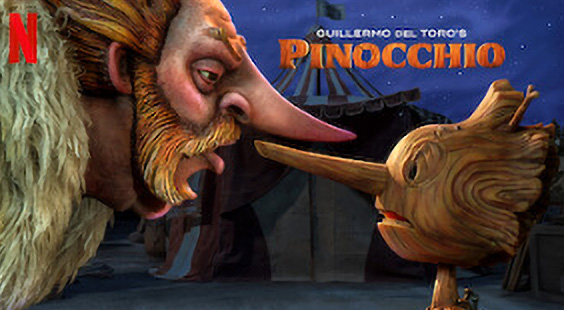
The movie’s thumbnail, as seen on Netflix. It definitely looks like a children’s movie … until one realizes that Pinocchio’s nose is rather … phallic.
While everything about this movie – from the source material to the stop motion visual style – screams out “children’s movie”, del Torro himself said that it was not made for children.
“It’s not necessarily made for children, but children can watch it.”
Sure, children can watch it, but don’t expect them to see the cute, rounded Pinocchio of the classic Disney movie. Nope, del Torro’s version of Pinocchio is an off-putting, jittery, and unstable pile of twigs whose limbs keep bending in all kinds of unnatural ways. Also, he dies several times during the movie. Furthermore, the story spends lots of time dwelling on dark concepts such as war and mortality while taking place in a universe that’s populated with lots of creepy creatures. In short, this movie can easily turn into nightmare fuel for children.
But beyond the overall creepiness of this movie, Guillermo del Toro’s Pinocchio communicates a profound occult message. And that was to be expected from del Toro.
In my 2010 article about del Toro’s Pan’s Labyrinth, I looked into the intense occult symbolism of the movie. I won’t explain the entire thing here however, in this case, a picture is worth a thousand words.
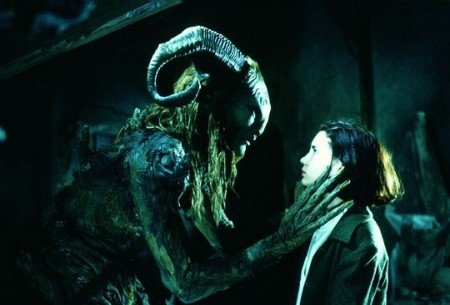
This screenshot sums up Pan’s Labyrinth: The horned god Pan “initiates” a young girl named Ophelia. And it’s all very creepy.
Pan’s Labyrinth shares several similarities with Guillermo del Toro’s Pinocchio: It takes place in a fascist regime (Franco’s Spain), the main character is a child and there’s a horned monster acting as a guide throughout. More importantly, the movies share a similar “moral of the story”.
A Very Different Pinocchio
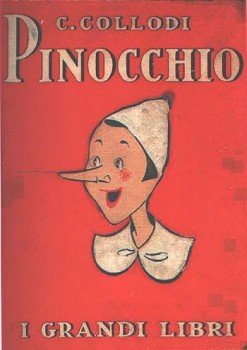
Carlo Collodi’s Le Avventure di Pinocchio published in 1883.
In my article about Disney’s Pinocchio, I explained that the original story was written by an Italian Freemason named Carlo Collodi. In an essay called Pinocchio, mio Fratello (Pinocchio, my Brother) Italian Freemason Giovanni Malevolti writes:
“There are two ways to read “The Adventures of Pinocchio”. The first is what I would call “profane” where the reader, most probably a child, learns about the mishaps of the wooden puppet. The second is a reading from a Masonic point of view, where heavy symbolism will complete, without replacing, the simple and lineary narration of events”.
– Giovanni Malevolti, Pinocchio, mio Fratello (free translation)
When one reads Collodi’s story from a Masonic point of view, the story of Pinocchio is about esoteric initiation. After rejecting the pitfalls and temptations of the material world, Pinocchio becomes a “real boy” – a spiritually illuminated being. Indeed, the protagonist ascends to a form of godhood through self-improvement in a narrative that’s in line with Freemasonry’s Gnostic philosophy. In fact, the name Pinocchio is believed to be constructed from the words pino (pine tree) and occhio (eye) – a reference to the pineal gland (which contains the word pine). In occult teachings, spiritual illumination is said to be achieved through the activation of the pineal gland.
Despite some differences, Disney’s 1940 movie adaptation of this story kept all of the esoteric elements intact. Considering the fact that Walt Disney was rumored to be a Freemason, some argue that he perfectly understood the story’s occult meaning and, for this reason, he purposely selected this tale for Disney’s second animated ever.
With all of that being said, Guillermo del Toro’s Pinocchio does not follow Collodi’s narrative at all. It is not about improving one’s flaws anymore, it is about the rest world accepting the. Thus, if Collodi’s Pinocchio can be described as “gnostic”, del Toro’s version can be described as “crypto-satanic”.
Here’s a look at the movie.
Tragedy-Stricken
Guillermo del Toro’s Pinocchio takes place in Mussolini’s Italy prior to World War II. Despite this ominous context, old man Geppetto is living his best life with his son Carlo.
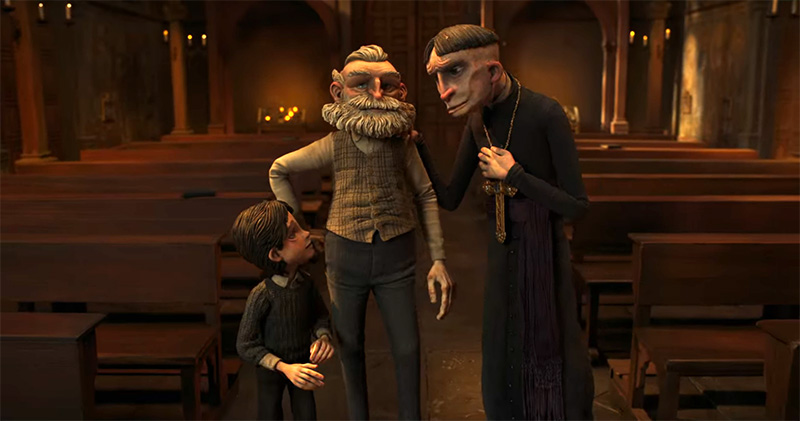
Carlo and his father spend lots of time at their local church where Geppetto was commissioned to build a large crucifix. And, yup, that priest has creepy features – that’s part of del Toro’s narrative.
Then, tragedy strikes.
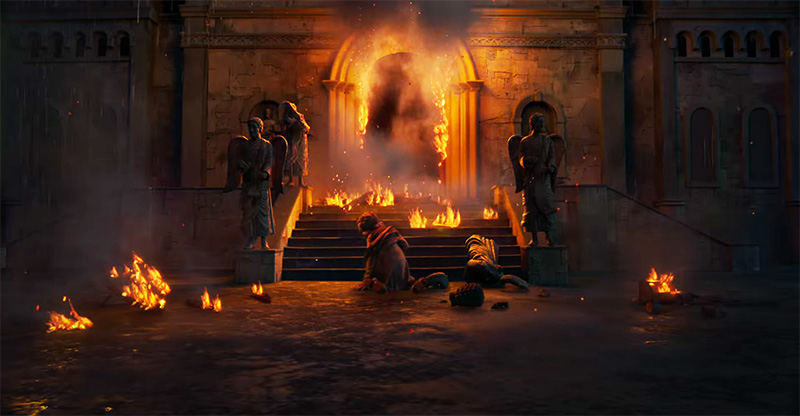
The village is bombed by planes from an unnamed country and the church burns down … with Carlo still in it.
The movie makes it clear that the last thing seen by Carlo was the crucifix. The message: Jesus did not save him.
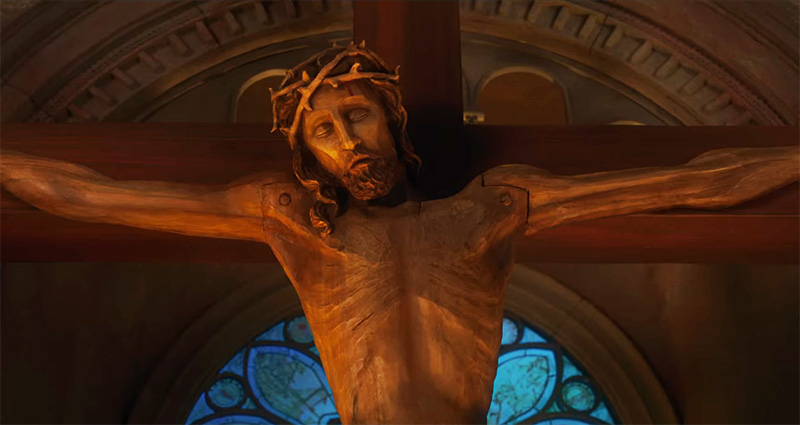
There are joints on Jesus’ shoulders – not unlike a marionette. Pinocchio will be likened to Jesus on numerous occasions throughout the movie.
Carlo’s death leads Geppetto to spiral into complete despair. Until he creates a replacement. An unholy replacement.
Unholy Creation
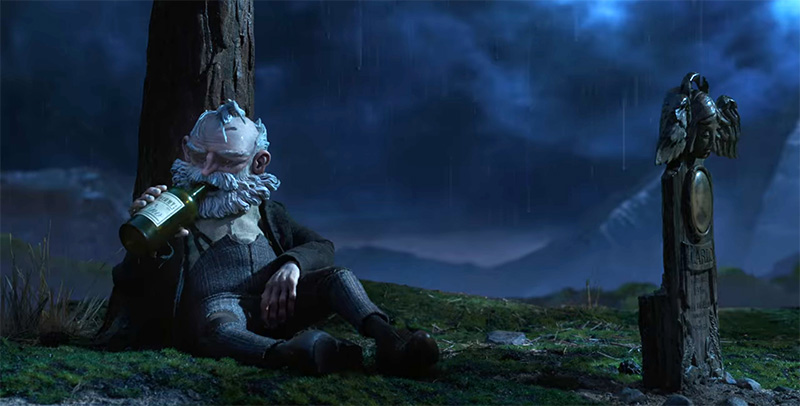
Geppetto spends years crying and drinking next to his son’s tombstone. Clearly, his Christian faith did not help him go through this ordeal.
But one day, Geppetto gets angry and cuts down the pine tree that grew from a pinecone he planted when Carlo died.
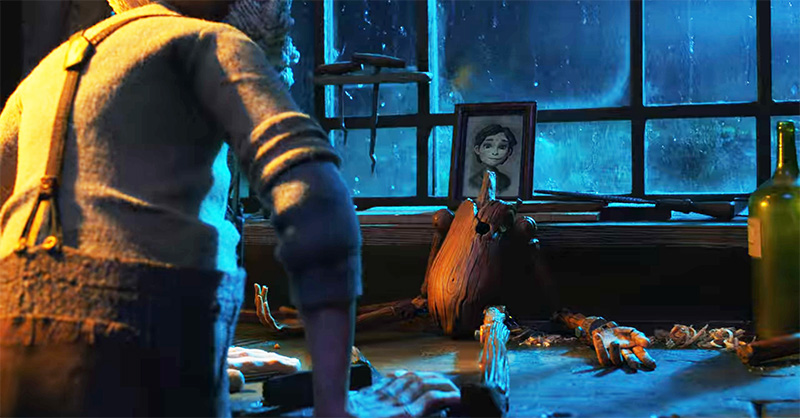
Geppetto feverishly chops and bangs at pieces of wood in order to recreate Carlo … until he passes out drunk.
Then, supernatural beings get involved in the creation of Pinocchio. Sebastian J. Cricket (del Toro’s version of Jimeney Cricket) says:
“In my many wondering on this Earth, I’ve learned that there are old spirits living in the mountains, in the forests, who rarely involve themselves in the human world. But sometimes they do.”
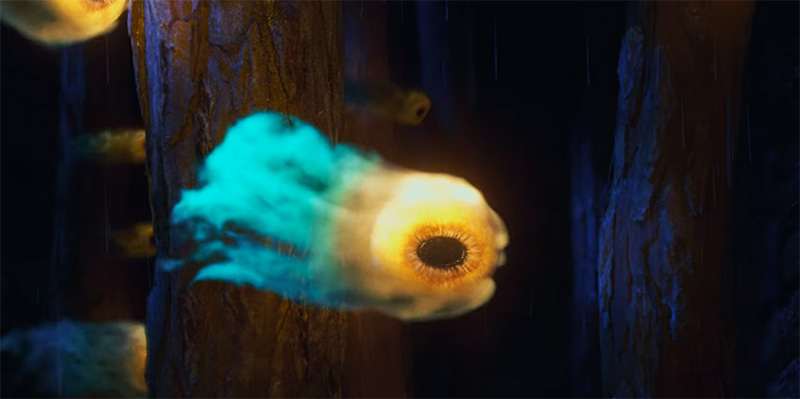
The spirits are depicted as eyeballs flying around the Earth. This reference to the occult elite’s favorite symbol (the all-seeing eye) is a hint telling us that this story fits their current agenda.
Then, the Wood Sprite materializes to give life to Pinocchio.
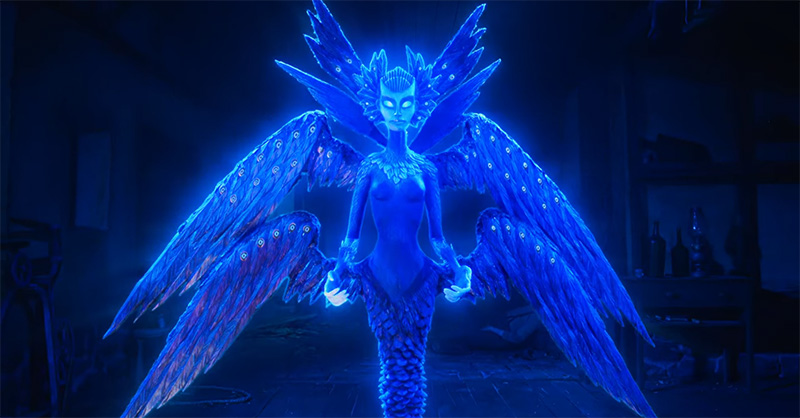
This is not the Blue Fairy from Disney’s Pinocchio. First, she’s wearing a mask, leading us to ask: What is hidden behind it? Second, she doesn’t have eyes – just light emitting from the eye sockets. However, there are eyeballs all over the spirit’s wings.
In short, this thing is rather creepy. With that being said, the makers of the movie chose the perfect actress to voice the Wood Sprite. Can you guess who?
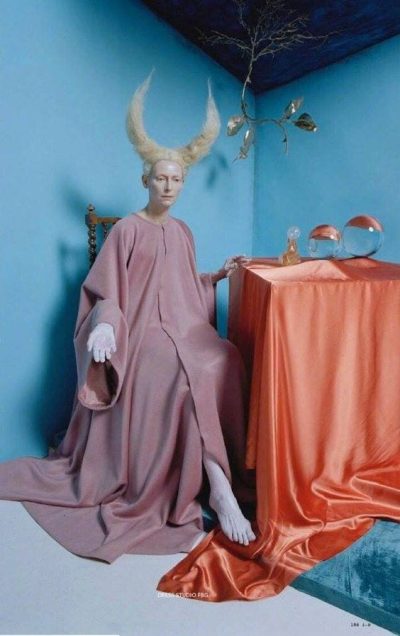
Tilda Swinson. She creeps me out.
When Geppetto wakes up, he makes first contact with Pinocchio. And it is not wholesome.
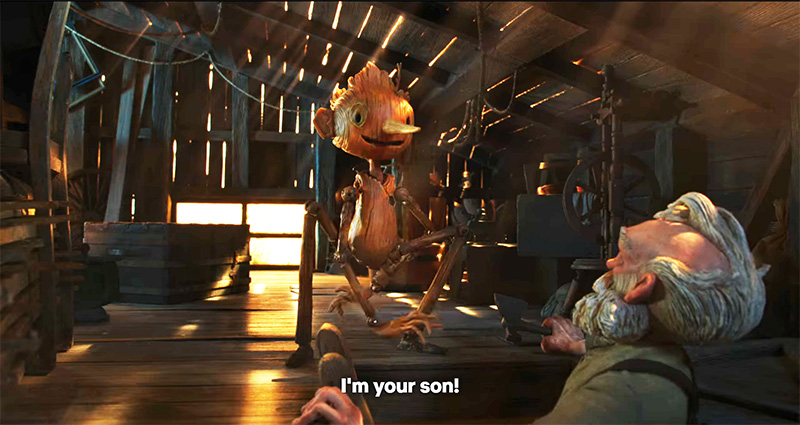
Pinocchio pops out of nowhere, all unstable, with his limbs bending in upsetting ways. Also, there’s a hole where the heart should be.
In short, one can characterize the creation process of Pinocchio as “unholy”. And the church-going people of the village immediately realized it.
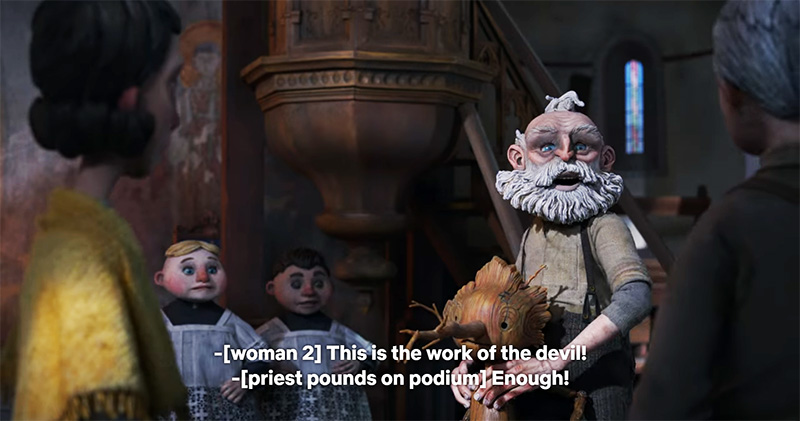
When Geppetto brings Pinocchio to the church, people call the puppet the “work of the devil”.
The church people also call Pinocchio “demon”, “witchcraft” and “mallochio” (evil eye). Then, the priest berates Geppetto.
“This is a House of God! You drunken fool! You carving this thing while our blessed Christ hangs unfinished all these years? Take that unholy thing away. Take it away now!”
When one understands the occult subtext of the movie, those calling Pinocchio “the work of the devil” are pretty much correct. However, considering the fact that Pinocchio and Geppetto are the protagonists of the movie, the church people are portrayed as ignorant and close-minded rubes who, according to Geppetto, “do not understand what they don’t know”.
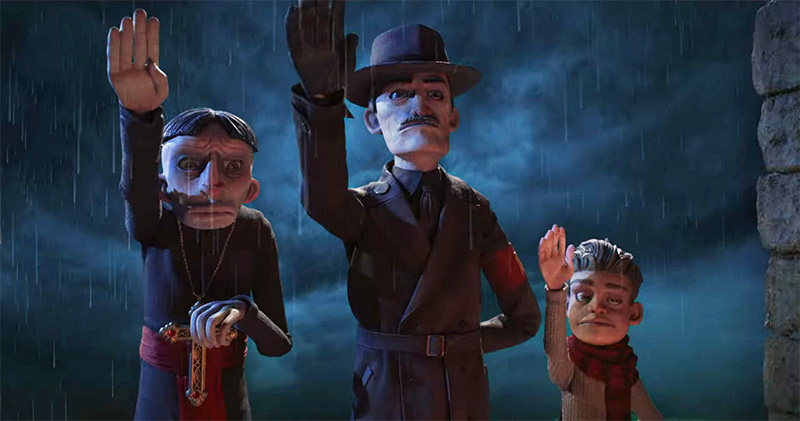
The priest, the Podesta (an officer of Mussolini’s regime), and his son all give the same salute. The message: They are part of the same system and they are the real puppets.
In the social context of the movie, where the Catholic church and Mussolini’s regime form an oppressive entity, Pinocchio becomes a rebel who questions and disobeys the prevailing dogma.
While Pinocchio also questions Jesus himself, the movie draws several parallels between them both.
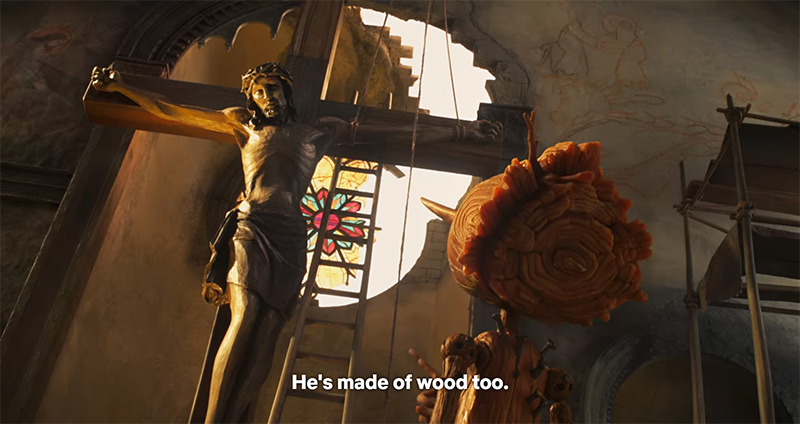
In this scene, Pinocchio compares himself to Jesus by observing that “he’s made of wood too”. Furthermore, the scene purposely showcases the nails on Pinocchio’s back … not unlike the nails on Jesus.
As the movie progresses, we see more subtle yet obvious links between Pinocchio and Jesus.
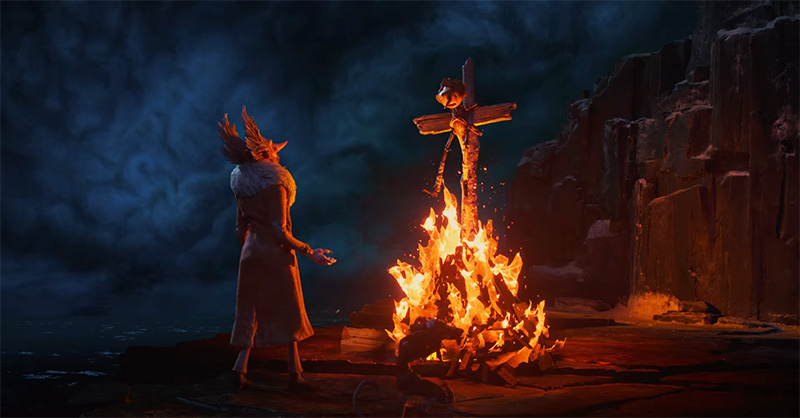
At one point, Pinocchio is “crucified” by Count Volpe.
And, like Jesus, Pinocchio resurrects. Several times. And it’s definitely not God doing the resurrecting.
Resurrected
Throughout the movie, various forces attempt to exploit Pinocchio’s unique characteristics for their own benefit. Like in the original story, Count Volpe recruits Pinocchio to join the circus. While, at first, Volpe spoils Pinocchio, he quickly becomes abusive. Also, he uses him for pro-Mussolini propaganda. Then, Podesta, who realizes that Pinocchio cannot die, recruits him to become a soldier.
In both cases (and others), Pinocchio disobeys orders and ends up dead. Then, he goes through a strange process that brings him back to life.
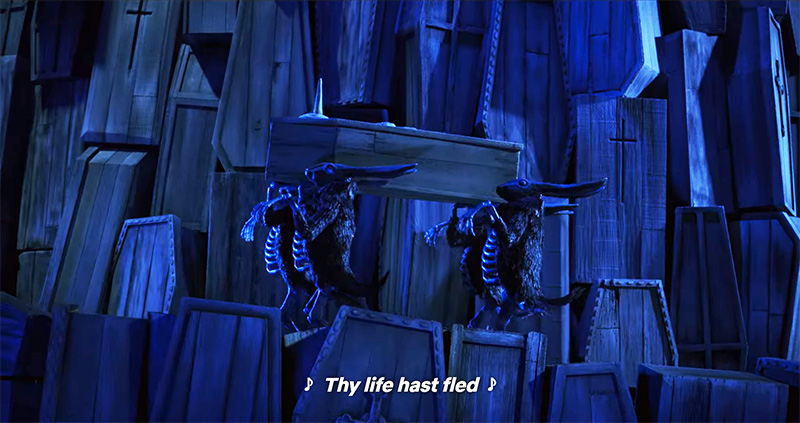
Each time Pinocchio dies, he’s transported by creepy, half-skeleton rabbits who sing an ominous song about death.
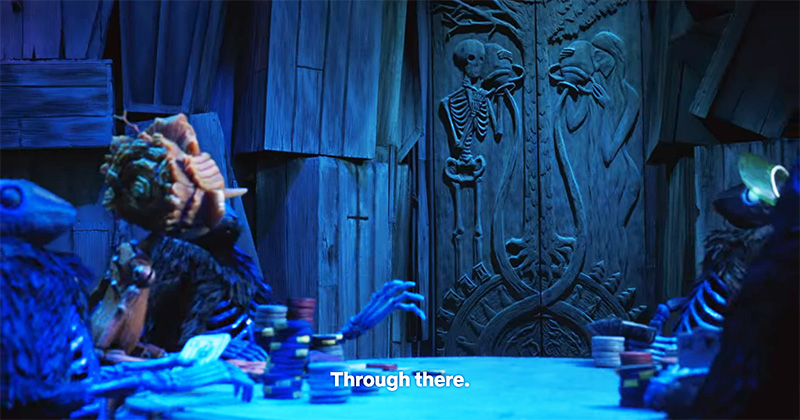
Then, Pinocchio goes through a door that symbolically depicts the infinite cycle between life and death.
Inside, Pinocchio meets Death – the sister of the Wood Sprite.
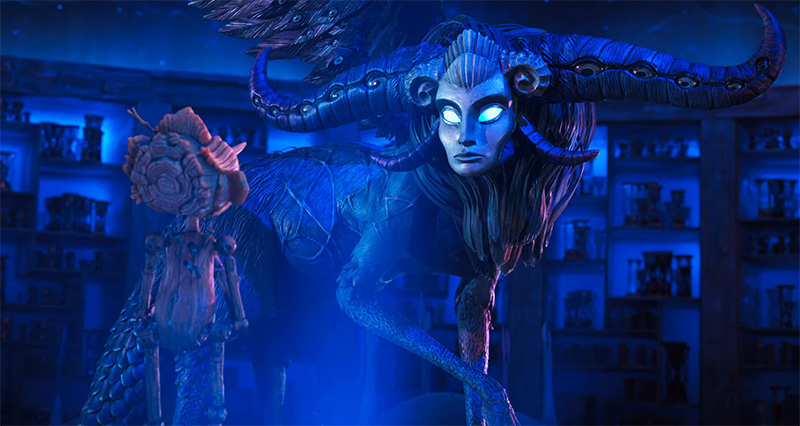
Death wears a mask similar to the Wood Sprite’s (what hides behind it?). It also has gigantic horns inside which are numerous eyeballs. There’s definitely a Baphomet/Satan vibe happening here.
Guess who voices Death?
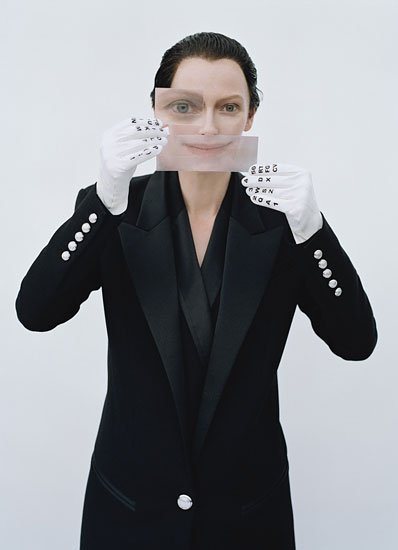
Tilda Swinton. She really creeps me out.
Death explains to Pinocchio that he was not supposed to be alive and, since he can never truly die, he’ll never be a “real boy”. However, in order to save his father, Pinocchio agrees to become a mortal. Then, he drowns.
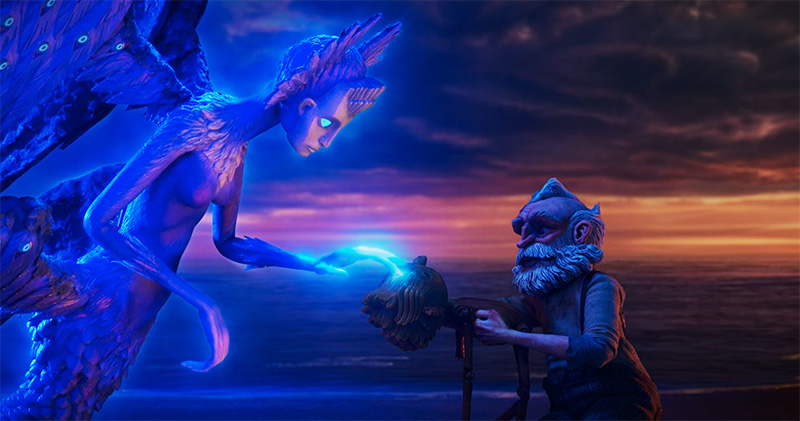
While Pinocchio was supposed to be dead for good, the Wood Spirit resurrects him again. They really like that unholy creation.
The movie ends the same way it began: With a grim focus on death and tombstones.
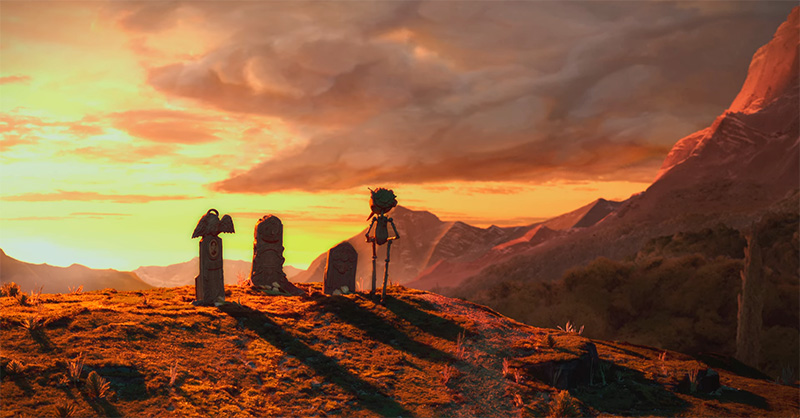
Pinocchio outlives his father and the cricket.
Then, the children who watched that movie go to bed with these images in their minds.
The (Twisted) Moral of the Story
Unlike the original story (and the Disney movie), Pinocchio never becomes a “real boy”. He never learns from his mistakes and he never improves himself. In fact, he even embraces his flaws to get out of difficult situations.
In the original story, Pinocchio is trapped inside a whale to eventually emerge transformed. This bit refers to the biblical tale of Jonah and the Whale which symbolically represents spiritual rebirth.
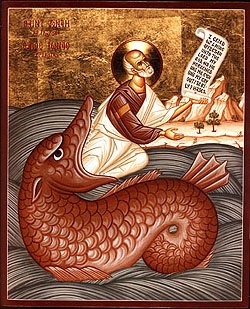
Jonah emerges from the whale with the Word of God.
In del Toro’s version, Pinocchio escapes the whale by purposely lying, which causes his nose to grow to the point of becoming a giant pole. This difference from the original story is highly symbolic. Instead of emerging spiritually transformed, Pinocchio effectively sins to get out of the sea monster.
In the end, Pinocchio does not change, it is those around him who do. In a final epiphany, Geppetto says to Pinocchio:
“I was trying to make you someone you were not. So don’t be Carlo or anyone else. Be exactly who you are. I love you exactly as you are.”
This is a heartwarming moment … until we realize that Geppetto is actually talking to an unholy, artificial creation with a hole instead of a heart.
In Conclusion
In many ways, del Toro’s retelling of the classic tale of Pinocchio is in line with the current narrative in popular culture. Instead of valuing self-improvement (whether it be mental, physical, or spiritual), we are told to embrace flaws and deviance. Instead of pushing toward what is good and natural, we are told to accept the wrong and the unnatural. And, sometimes, the outright evil.
In del Toro’s movie, Pinocchio represents an artificial, unholy force that exists in society. And those who reject it are the evil ones – until they change. But Pinocchio doesn’t change. And, when he dies, a horned Baphomet creature brings him right back. Why strive for perfection through effort, discipline, and sacrifice when you can just wallow in your general foulness?
In short, while the original Pinocchio was about transcending the pitfalls of the material world, Guillermo del Toro’s version is all about embracing them … which happens to be the very basis of satanism.
- Mockery Ensues
- Official seal of the University of Chile
- New footage shows debauched birthday party Diddy threw for Meek Mill
- The Economist / 2025 / The World Ahead
- Justin Trudeau claims fighting climate change is more important than feeding your kids
- Suspect at center of ISIS inspired Election Day terror plot previously worked for the CIA
- Nina Saemundsson's "Prometheus Bringing Fire" (Los Angeles McArthur Park, circa 1937)
Get an e-mail notification as soon as a new article is published on The Vigilant Citizen.
-

 Latest News2 months ago
Latest News2 months agoThe Controlled Demolition of Diddy
-
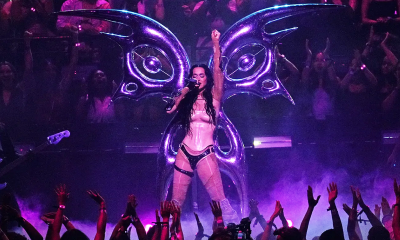
 Music Business2 months ago
Music Business2 months agoThe Hidden Meaning of Katy Perry’s Highly Symbolic Performance at the 2024 VMAs
-
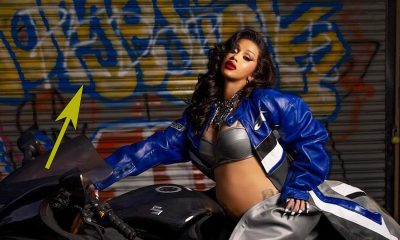
 Pics of the Month2 months ago
Pics of the Month2 months agoSymbolic Pics of the Month 09/24
-

 Movies and TV1 month ago
Movies and TV1 month agoAn In-Depth Look at the Hidden Meaning and Symbolism in “Blink Twice”
-

 Pics of the Month4 weeks ago
Pics of the Month4 weeks agoSymbolic Pics of the Month 10/24
-

 Music Business3 months ago
Music Business3 months agoSomething’s Terribly Wrong With Sabrina Carpenter and her Video “Taste”
-

 Movies and TV2 months ago
Movies and TV2 months agoAn In-Depth Look at the Dark Messages and Symbolism in “Longlegs”
-

 Latest News2 weeks ago
Latest News2 weeks agoKamala’s Campaign Was Objectively the Worst in Recent History






